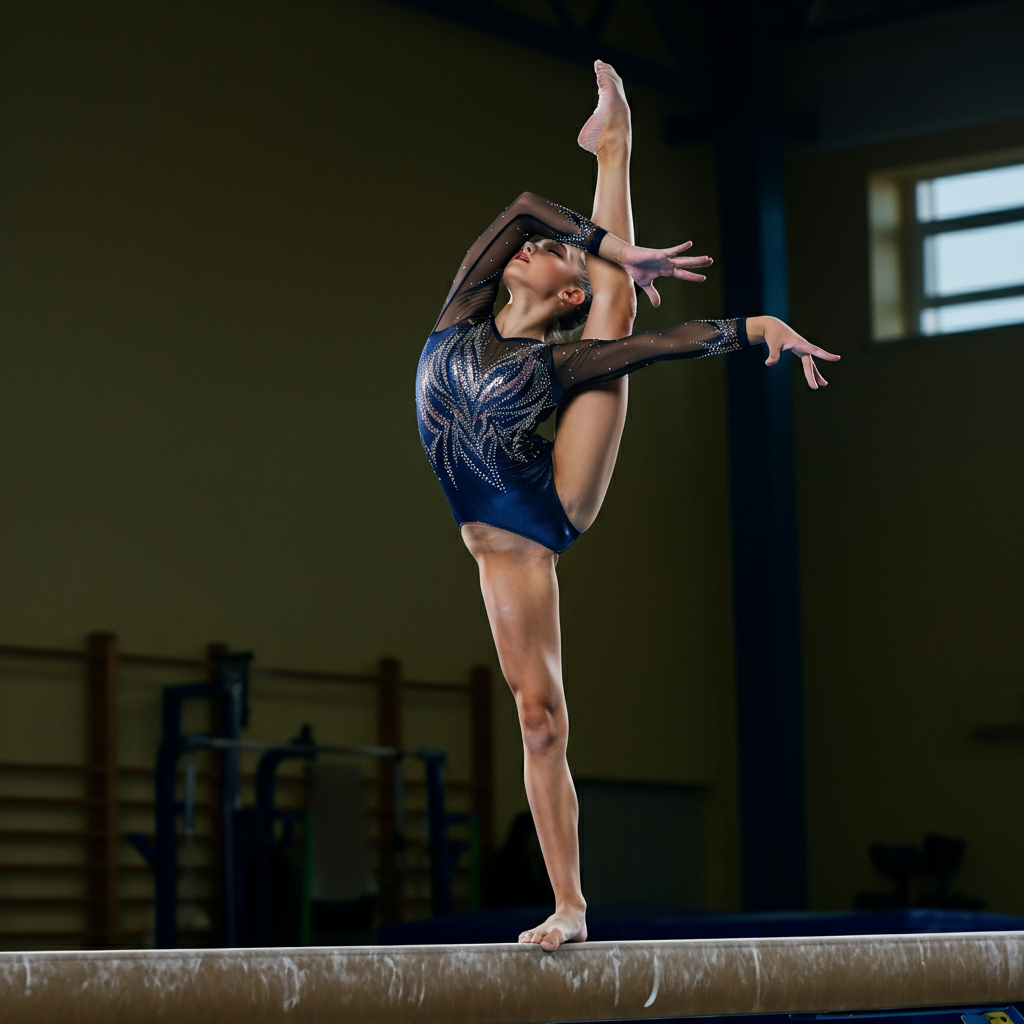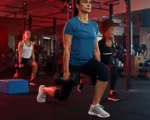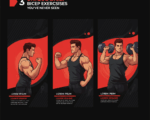Gymnastics is a beautiful blend of strength, agility, and grace. However, it is also one of the most injury-prone sports, with gymnasts constantly pushing their bodies to incredible limits. Injuries like wrist sprains, ankle injuries, and back pain are common, but with a proactive approach, these can often be prevented.
Whether you’re a gymnast, coach, or parent, this guide will help you minimize risks and keep gymnasts safe, healthy, and performing at their best.
Common Gymnastics Injuries
Before jumping into prevention, it’s important to recognize the most common injuries gymnasts face.
- Wrist Sprains: Often caused by repetitive impact during floor routines or vaults.
- Ankle Injuries: Typically due to improper landings after leaps or tumbling passes.
- Back Pain: Often stemming from overuse or poor technique in skills requiring backbends or twists.
Understanding these risks sets the foundation for effective prevention strategies.
Why Prevention Matters
Prevention isn’t just about avoiding injuries today; it’s about ensuring a long, healthy gymnastics career that doesn’t lead to chronic issues later in life. With proper techniques, training routines, and recovery practices, gymnasts can thrive without unnecessary setbacks.
6 Tips to Minimize Gymnastics Injuries
1. Build a Strong Support Team
Gymnastics may seem like an individual sport, but your team is crucial for injury prevention. A gymnast’s support network should include:
- Certified Coaches: Skilled in teaching proper techniques, particularly in landings, to reduce the impact on wrists and ankles.
- Strength & Conditioning Specialists: To develop core, back, and joint stability, reducing the risk of overuse injuries.
- Sports Physical Therapists: For maintaining flexibility, addressing pre-existing conditions, and rehabilitating minor issues before they escalate.
- Nutritionists: To ensure gymnasts have the energy and nutrients needed to sustain training while aiding in recovery.
2. Proper Warm-Ups and Stretching
Skipping warm-ups is a surefire way to increase the risk of injury. Make sure every practice begins with a thorough warm-up to increase circulation and prep muscles for the physical demands ahead.
- Focus on dynamic stretches like leg swings, arm circles, and core activators.
- Reserve static stretching (e.g., splits, bridges) for the end of the session to prevent overstretching “cold” muscles.
3. Focus on Form and Technique
Perfecting form is critical in gymnastics. Even a slight break in technique can cause immense strain on the body.
- Landings are especially important. A controlled landing distributes force evenly through the legs, reducing the impact on ankles, knees, and the spine.
- Coaches should monitor movements actively and provide immediate corrections to avoid bad habits that heighten injury risks.
4. Develop Strength and Flexibility
Building a strong, flexible body helps gymnasts absorb the physical demands of their routines.
- Strength training should prioritize core engagement, lower body stability, and wrist resilience.
- Flexibility exercises should prevent muscle stiffness and overstretching, with a focus on key areas like the hamstrings, shoulders, and back.
For younger athletes, exercises should be age-appropriate to avoid undue stress on developing joints.
5. Prioritize Recovery
Recovery is just as important as training, if not more so.
- Sleep: Gymnasts should get 8–10 hours of quality sleep per night. Sleep allows the body to heal micro-injuries and rebuild strength. Maintain a consistent sleep schedule and turn off screens an hour before bedtime.
- Recovery Tools: Foam rollers, massage therapy, yoga, and saunas can reduce inflammation and prevent tight muscles from becoming injury-prone.
- Rest Days are essential! Overtraining can lead to burnout and chronic overuse injuries.
6. Use Support Gear
The right gear can provide crucial support for gymnasts while performing.
- Wrist Guards and tape can help stabilize wrists during vaults and tumbling.
- Ankle Braces provide additional support for landings.
- Mats with adequate cushioning can minimize the force of impact on landings.
Tips for Parents and Coaches
- Monitor Overuse: Encourage open communication so gymnasts feel comfortable reporting pain. Early intervention can prevent minor issues from becoming serious injuries.
- Celebrate Rest: Remind gymnasts that taking care of their bodies is just as important as mastering skills. Creating a culture that values well-being builds long-term resilience.
- Coordinate Care: Keep lines of communication open between coaches, parents, and healthcare providers to ensure a well-rounded approach to injury prevention.
The Bigger Picture
Reducing injuries in gymnastics isn’t just about winning competitions or building a stellar career. It’s about creating a foundation for lifelong physical and mental health. Whether a gymnast retires after high school or goes on to perform at the Olympics, the habits formed now will follow them into every stage of life.
“The goal is to keep kids as healthy as possible and teach them lessons they’ll carry beyond gymnastics,” says Thomas Newman, a trusted strength and conditioning expert.
Looking for expert support to build safer training programs and techniques? Start today by consulting a professional sports performance team or exploring expert-led recovery tools to ensure gymnastics is safe, fun, and rewarding for every athlete.








